Economics: Analyzing Wage Polarization and Automation's Impact
VerifiedAdded on 2023/06/14
|6
|1083
|466
Essay
AI Summary
This essay examines the impact of labor market polarization on wages, focusing on the disappearance of middle-skill jobs and the rise of high-skill and low-skill occupations. It discusses how technology, particularly automation and information technology, contributes to this polarization, leading to income inequality. The essay further explores macroeconomic factors like business cycles and globalization as drivers of wage polarization. Finally, it analyzes the potential effects of automated driving on the labor market, highlighting both the cost savings and risks to employment, particularly in developing countries. Desklib provides a platform to explore more such assignments and study materials.
1 out of 6
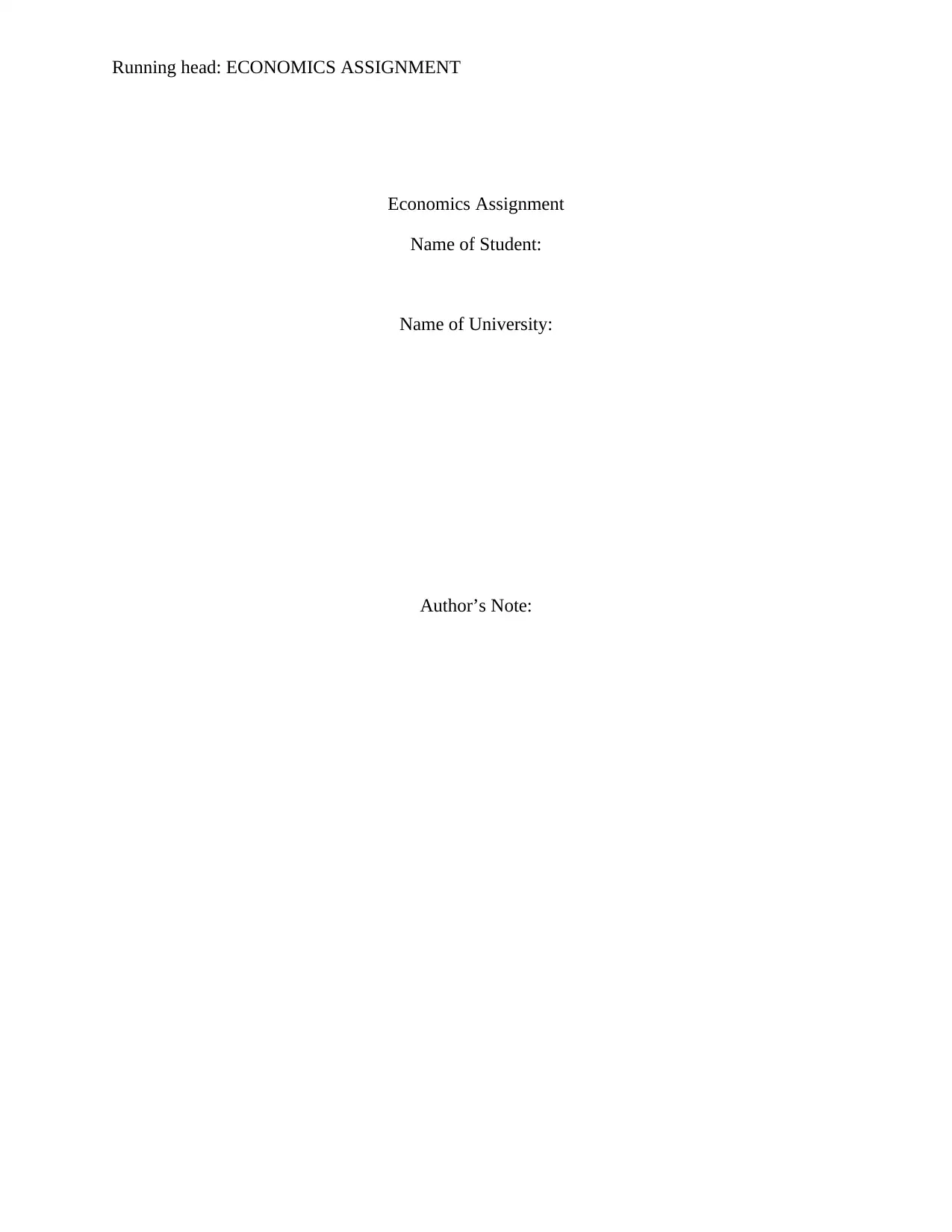
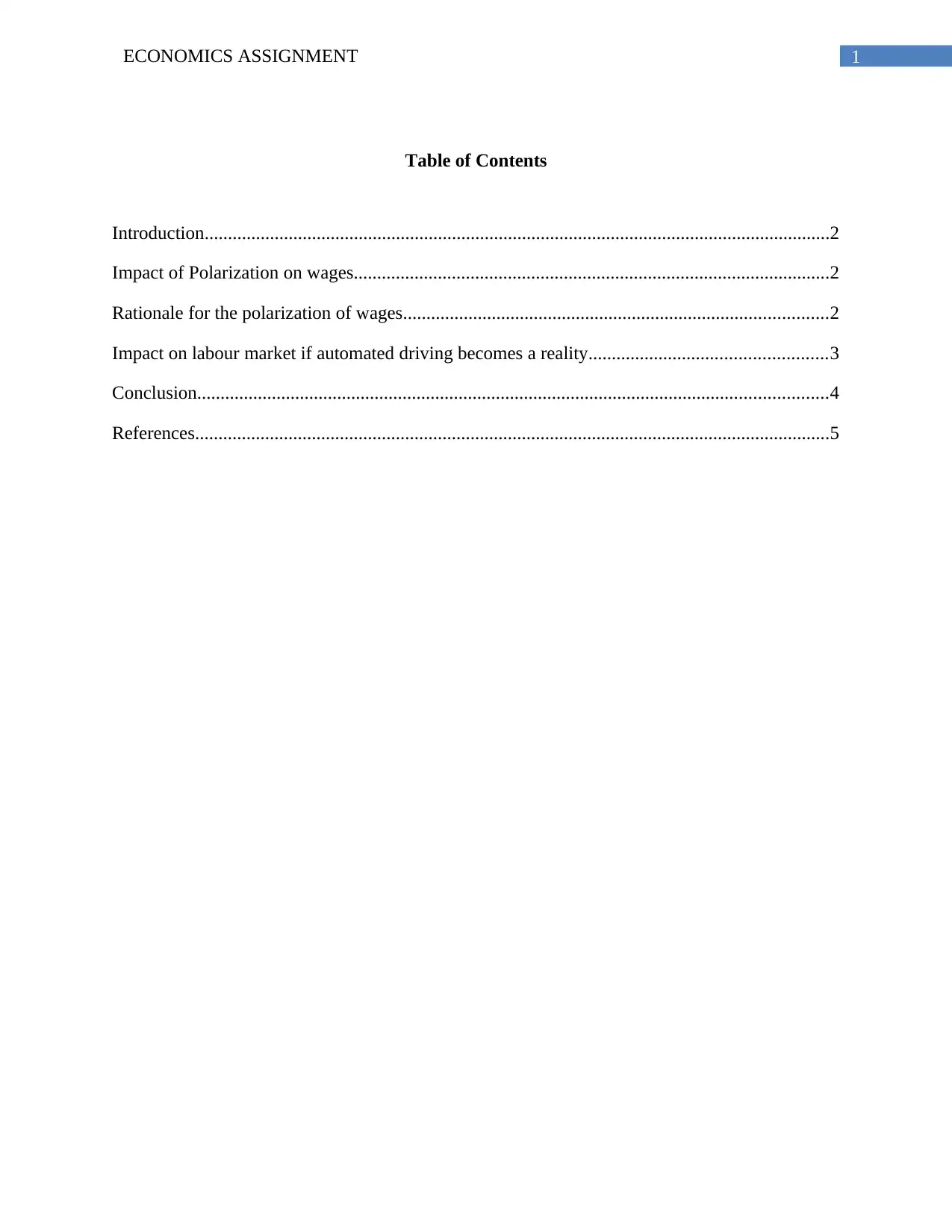
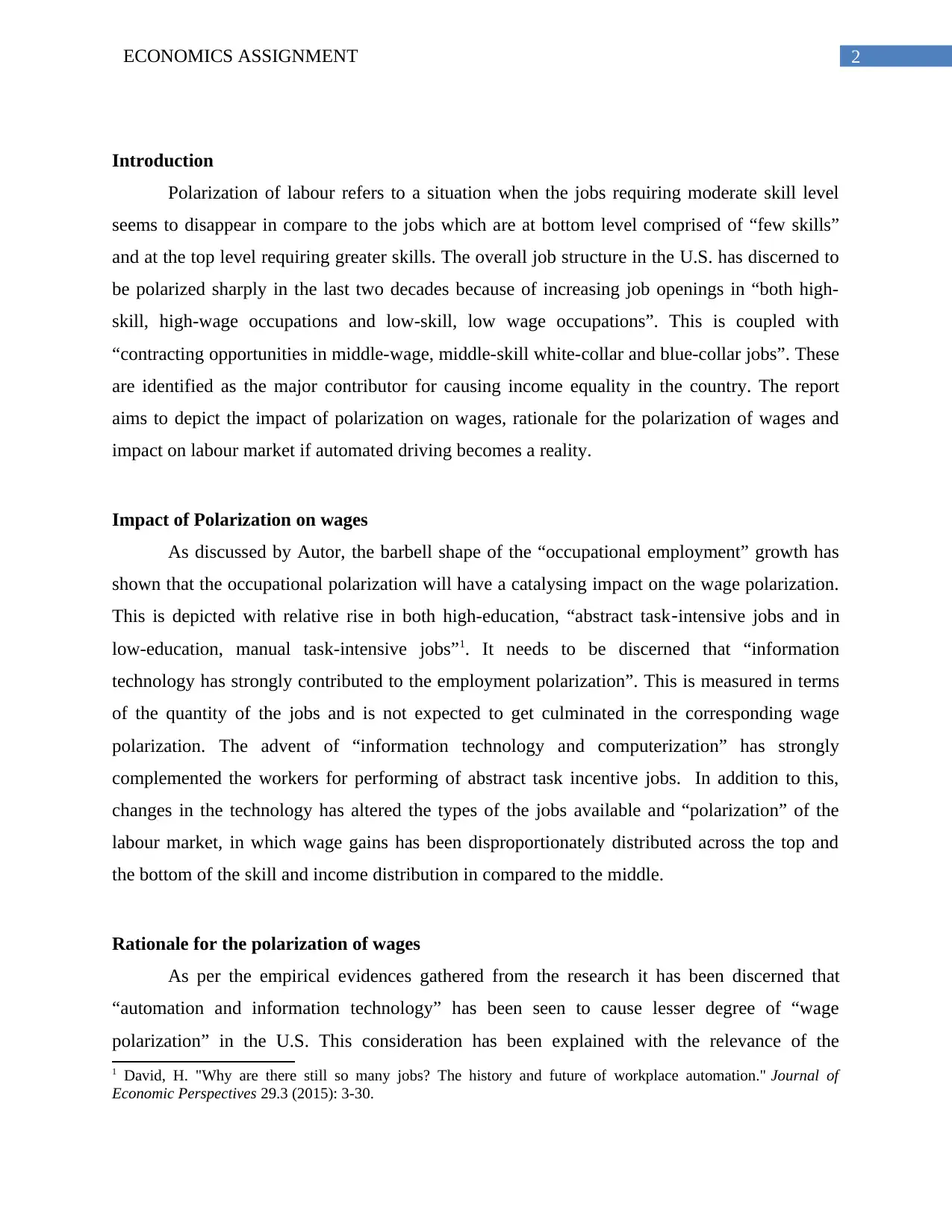
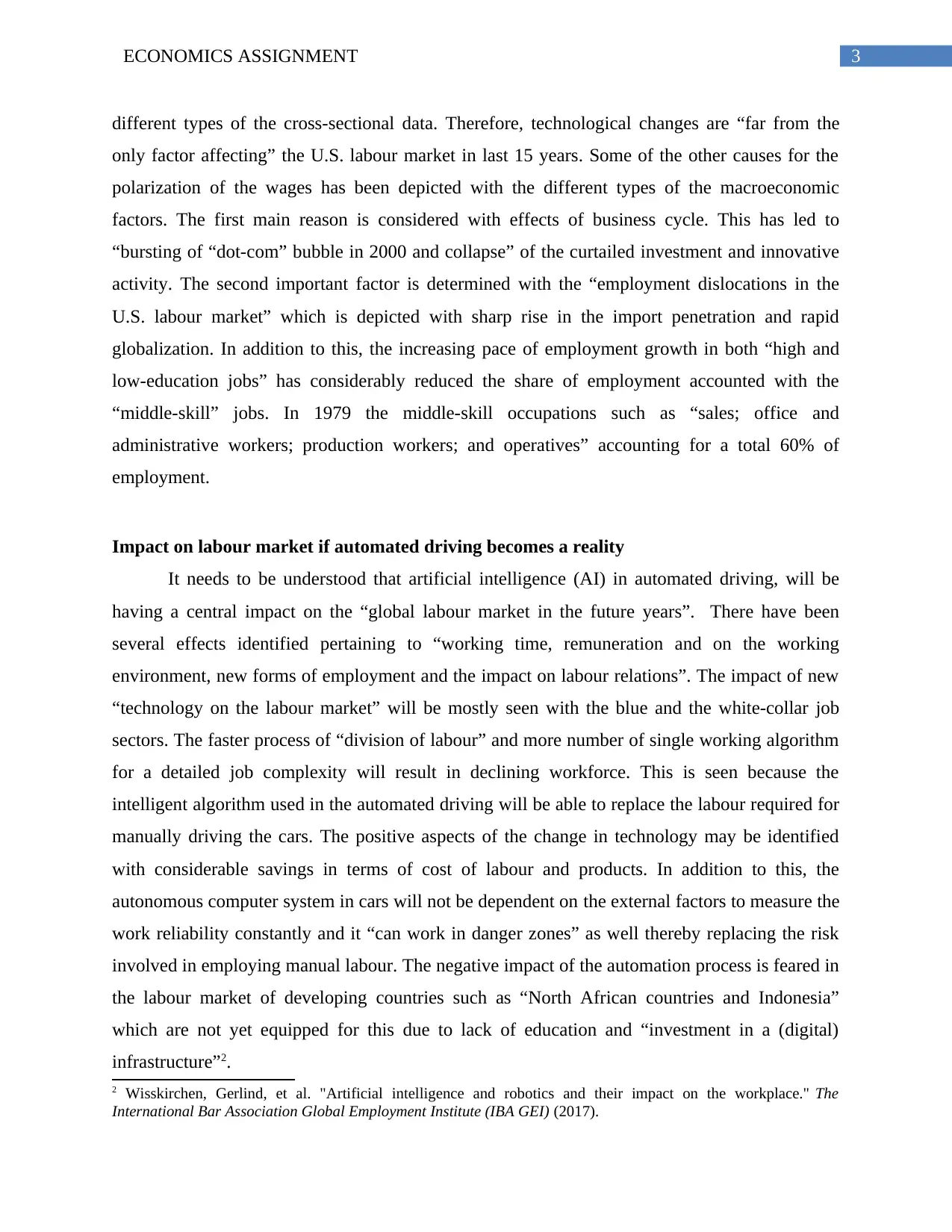

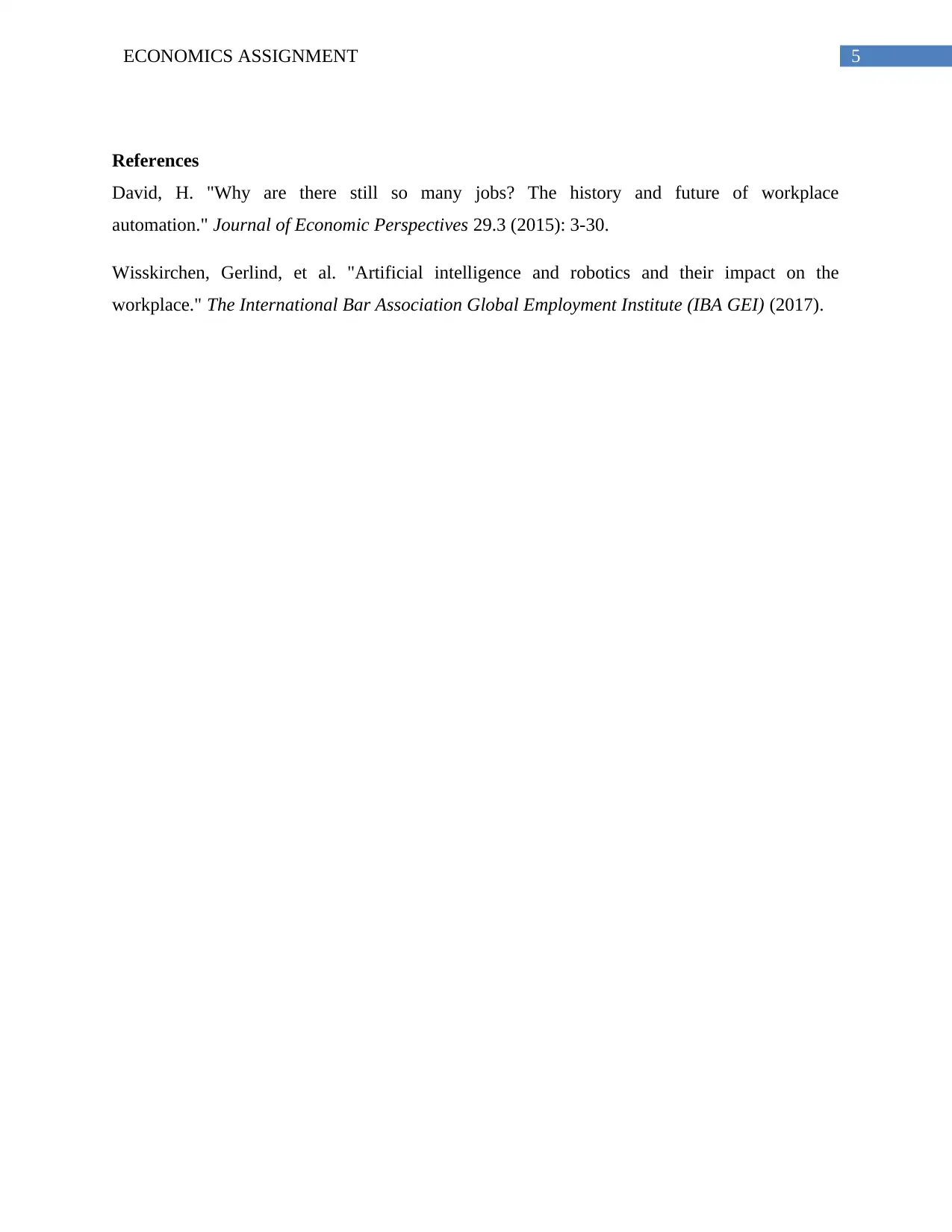






![[object Object]](/_next/static/media/star-bottom.7253800d.svg)